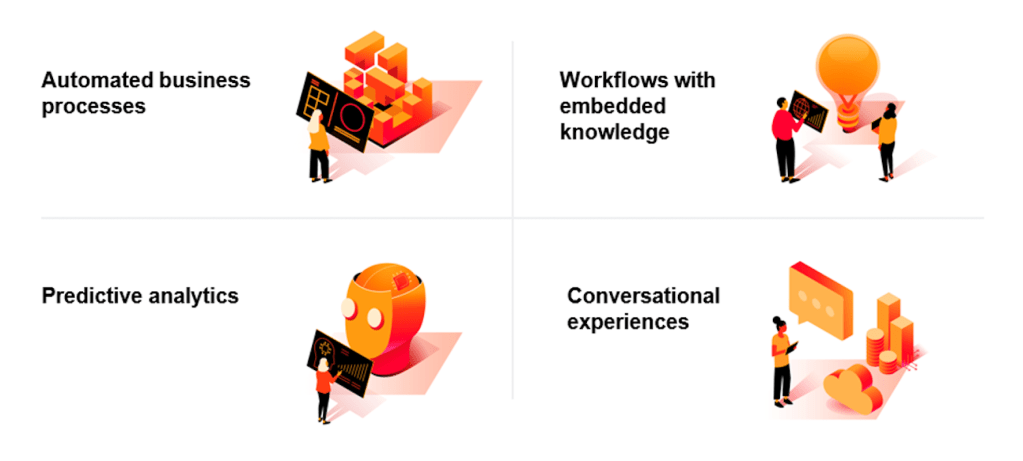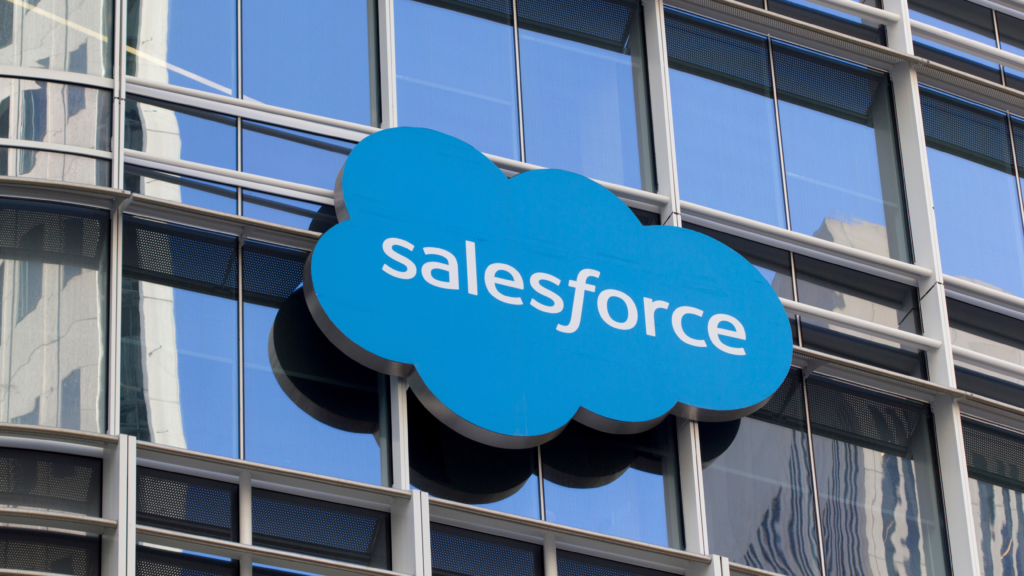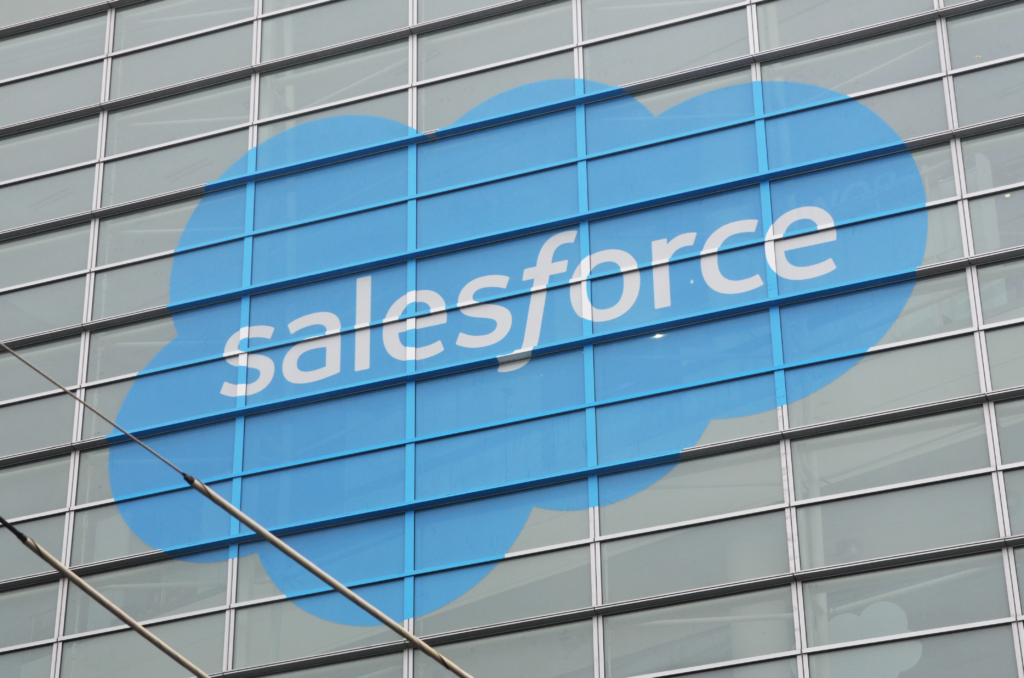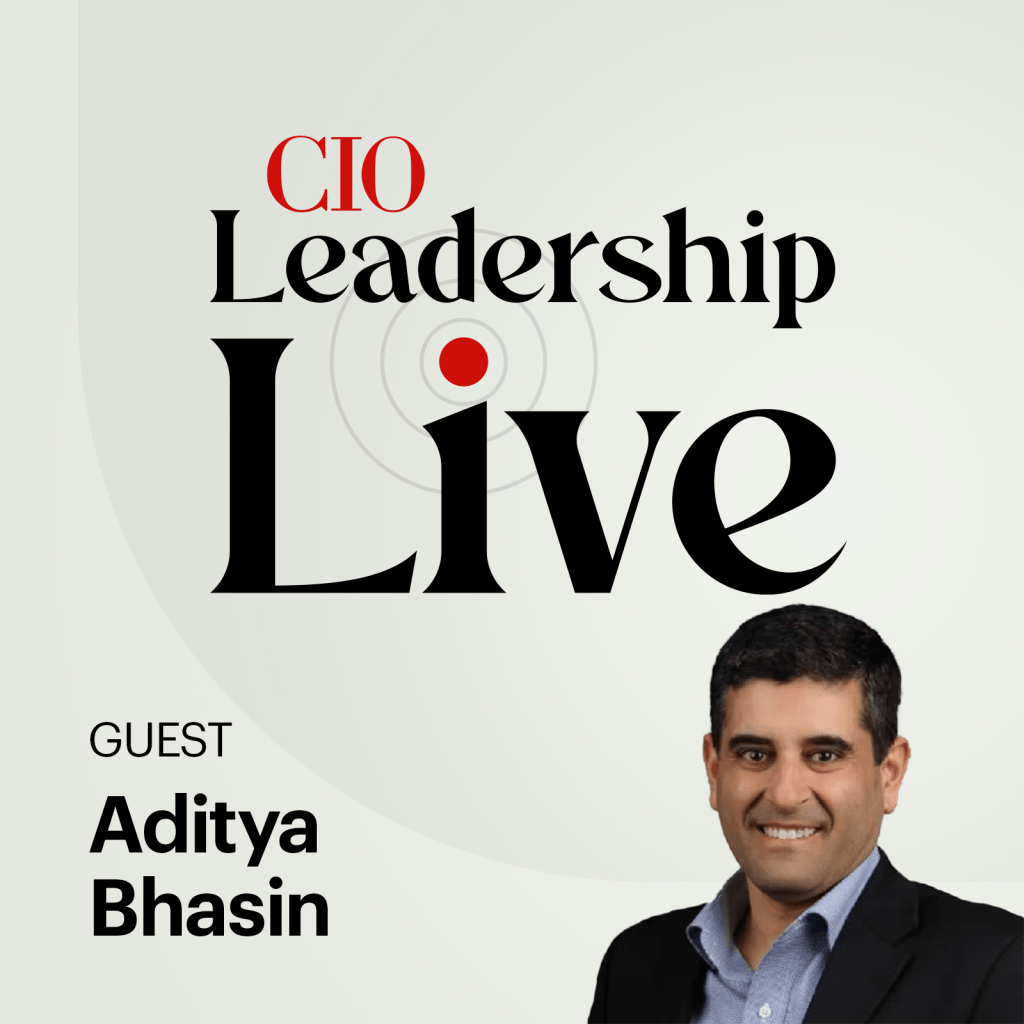The maxim “English is the new programming language” has become a reality in enterprise software. With the rise of natural language processing and artificial intelligence (AI) copilots, what the industry has always known as “coding” is now a thing of the past. Today, ideas and intent drive development. But something got lost along the way to this new paradigm—integration. Historically, organizations have installed and managed software platforms across their enterprises and followed those deployments with point upgrades, new modules, and complementary tools, all of which helped advance the platforms and improve business performance. But that’s not always the case when adopting AI-powered tools, like copilots, low-code tools, and domain-specific AI tools. The reality is that all too often AI tools often fail to deliver ROI because organizations chase speed without redesigning processes, addressing blockers, upskilling talent, or capturing the telemetry needed to measure impact. As a result, the promised impact of the tools never materializes, and ROI remains elusive. As developers across industries scramble to crack the code of harmonious and smarter tools integration, Hitachi has taken a novel, if not counter-intuitive approach to the problem. Rather than develop yet more software to run atop platforms, it attacked it at the root level—specifically, the software development lifecycle (SDLC) level—and changed forever the way organizations would view SDLC. A new way to conduct orchestration To help understand current approaches to orchestration, Suhail Khaki, Chief Technology Officer, Software Development Lifecycle (SDLC) at GlobalLogic, a Hitachi Group company, likens it to autonomous driving. “With a Tesla, for example, you enter an address and drive yourself, only engaging ‘Autopilot’ in certain conditions, such as when there’s traffic or a straight road and you want to relax,” Khaki said. “In that mode, the human takes you from point A to point B, using the vehicle as a tool.” In this scenario, humans orchestrate every handoff. Even modern SDLC management methods like Agile still depend on handoffs between stages, which can represent 10% to 20% of total development flow. As the latency builds, everything slows. But when Tesla’s ‘Full Self-Driving (FSD)’ capability is engaged, the car takes you to the destination autonomously, alerting the person only when it encounters a situation that requires human intervention. “That is how I see the future of AI-driven software development lifecycles: an AI that orchestrates and controls the stages end-to-end, engaging humans only when necessary,” Khaki said. Injecting velocity into the equation This primary focus for speed led to the development of VelocityAI, which boasts AI-driven orchestration and enriched context and telemetry as core SDLC capabilities. With the platform, intelligent agents manage the flow between requirements, development, testing, and deployment. And all of it is based on intent and context, rather than rigid process gates. In addition, intent-based routing and semantic prioritization determines what needs to be done, and in what order, based on the user’s goals. “You tell it to build requirements, and it pulls in relevant system, domain, and project data to generate your backlog automatically,” according to Raj Sethi, Senior Vice President of Technology, also at GlobalLogic. “This is done while orchestrating between product owner, business analysts, quality engineers, architects and engineers to groom the backlog into ready state.” At the core of this approach is a context-aware knowledge engine—designed for the specific needs of industries like healthcare, automotive, and telecommunications. “Context is extremely important,” Sethi says. “Without it, I don’t care how smart you are, you can’t solve the problem.” Rather than giving developers a blank canvas, the system provides rich context. “It’s like proofreading with wiggly lines for spelling and red lines for grammar versus checking every word yourself,” Sethi says. “It’s a big difference.” When software interfaces with machinery Make no mistake, enterprises are rife with AI tool-related challenges. Whether it’s the lack of integration capabilities, the influx of shadow AI, where employees download tools without IT approval, or the general lack of risk evaluation, the technology is wreaking havoc. In late 2023, the MIT Sloan Management Review and Boston Consulting Group published a report that surveyed 1,240 across 59 industries in 87 countries and found that third-party AI tools were responsible for more than 55% of AI-related failures in organizations. Industrial settings, however, where mission-critical systems across energy, transportation, and manufacturing, can’t tolerate such risks. The VelocityAI approach to orchestration is designed for just such industrial environments, where software must interface with physical machinery, sensors, and real-world operations. Through its AI-driven orchestration, the platform aims to automatically enforce compliance, though implementation complexity varies. In other words, when developers describe requirements in natural language, the platform applies relevant regulations—like HIPAA or automotive safety standards—without being told. “AI now interprets requirements in the context of compliance, reducing the need for manual review,” Khaki says. “One domain expert can now validate what used to take five experts.” Speeding development, reducing latency Hitachi’s GlobalLogic recently modernized and enhanced a legacy promotions system for a client’s fleet rental and management platform using the building blocks of VelocityAI. That legacy system, which required coding changes for even simple promotions, was originally developed using outdated J2EE technology with a database on AS400. The project was completed and went into production in only six months, a pace that wouldn’t have been possible with traditional methods, Sethi says. The system has also been enhanced to support repair systems that visually identify vehicle models and guide technicians through repairs step-by-step. In addition, video analysis systems have been included to autonomously track vehicles and evaluate damage without needing additional specialized hardware. Today, VelocityAI is being extended into a range of industries, including telecom, automotive, and device-testing sectors. The real impact, however, goes beyond speed; this new approach—AI-infused SDLC—also allows teams to rapidly experiment with ideas and discover what works. “You can now test and verify an idea in hours, something that was impossible before,” Khaki says. “Solving the orchestration challenge could unlock an AI impact on par with the computer revolution—driving adoption, experimentation, and innovation at scale.” ____________ GlobalLogic is a Hitachi Group company that provides experience design, engineering,












